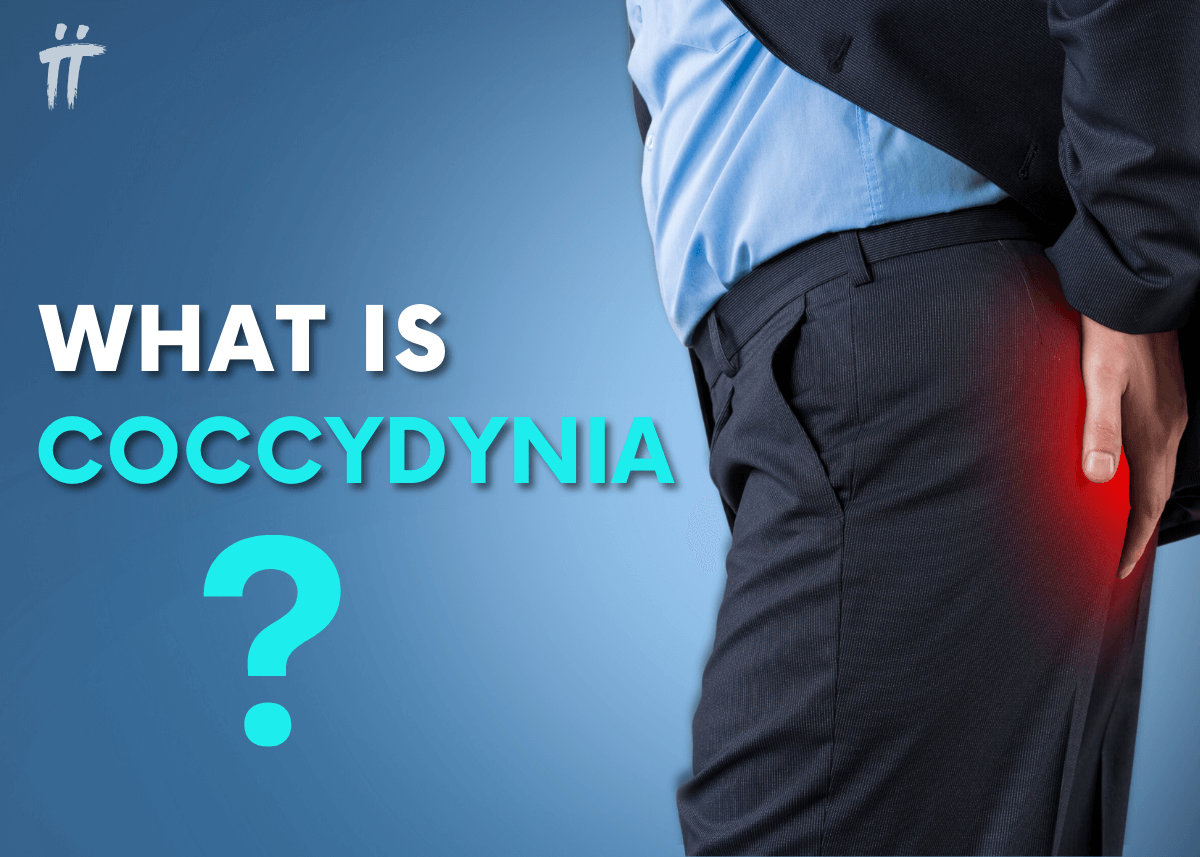
Since tailbone pain is a condition that negatively affects quality of life and disrupts social cohesion, physicians are frequently consulted for treatment and remedies are sought. This article provides enlightening practical information on this topic.
Where is the coccyx? What is Coccyx Pain?
In humans, the area at the lower end of the spine is called the coccyx. This area is just above the anus. Its medical name is “coccyx” (Picture 1). Pain in this area is often referred to as Tailbone pain or coccygodynia.

Why does the coccyx hurt?
Coccyx pain, also known as tailbone pain, can be caused by many factors. Falling on the hip, inflammation, tumors, ingrown hairs can cause coccyx pain of varying intensity.
- Getting hit in the coccyx area or bones due to falls or other reasons
- Fracture of the coccyx bone
- Sitting or standing for long periods of time
- Being overweight or underweight
- Distorted sitting position
- Spinal disorders
- Congenital coccyx disorders
- Tumor
- Infection
- Lumbar hernia
- Rectal surgeries
- Heavy lifting
- Long periods of inactivity
- Fractures during childbirth for women
Trauma (falls, bumps, traffic accidents) can cause tissue, muscle and bone damage, fractures and injuries in the coccyx area. This can lead to coccyx pain.
Edema of the bone membrane of the coccyx, also known as the periosteum, caused by sitting on a hard surface for long periods of time, causes pain.
Abscesses and ingrown hairs in the coccyx area can cause pain. Ingrown hairs can cause infection and pain in this area.
What are the Symptoms of Coccyx Pain?
The shape and severity of these symptoms may vary from person to person.
Common symptoms of Tailbone pain include:
- Severe pain in the coccyx area when sitting up
- Pain and aching sensation when the coccyx area is touched
- Pain during large bowel movements
- Pain during sexual intercourse for women
- Swelling, redness and pain in the coccyx area if there is inflammation and abscess
Pain intensity may increase when sitting on hard surfaces, heavy lifting, climbing up and down stairs. Cycling and driving can also increase the severity of pain.
Pregnancy and Coccyx Pain
As the baby starts to grow during pregnancy, the coccyx and coccyx area may be compressed and coccyx pain (Tailbone pain) may occur. In addition, with the effect of hormones during pregnancy, the joint ligaments loosen and become more mobile. The coccyx bone also bends more under the increased load, causing coccyx pain. In addition, during normal delivery, the baby’s head can push on this coccyx bone, causing it to break and cause pain.(Picture 2).

How to Diagnose Coccyx Pain?
The diagnosis of Tailbone pain is made with the help of examination and imaging methods. The physician may palpate the coccyx of patients during the examination. Coccygodynia is suspected if pain is felt by pressing a finger on the coccyx.
In some cases, a rectal examination with a finger may be necessary, in which the physician can check the condition of the coccyx bone and its relation to the internal organs.
X-ray, CT and MRI are imaging methods used for diagnosis (Picture 3). With these methods, it is evaluated whether there are pathologies such as fractures, inflammation and tumors in the coccyx region.

How to Treat Tailbone Pain?
Treatment is planned according to the severity of the disease and the general health of the patients. Physical therapy, corticosteroid injections, manipulation under anesthesia, surgical intervention are among the main treatment methods. Medication is often used to reduce or completely stop the pain, but it is also part of the treatment plan for other modalities.
Physical therapy and rehabilitation can be useful in the treatment of Tailbone pain. Patients may be advised to exercise to reduce the severity of pain.
Manipulation under anesthesia is a technique that often gives satisfactory results. Under anesthesia, if there is a coccyx fracture or other causes of slippage and deformity in the coccyx bone, it can be corrected by rectal touch, and then this area can be supported by injection.
Local injection applications are very effective for pain. Corticosteroids or local analgesics or both can be applied to this area. Injection procedures help to reduce or completely stop the pain. Sponge or inflatable grazing bags are useful.
Although surgery is the last resort, it is sometimes necessary. In some cases, part of the tailbone may be removed during surgery.







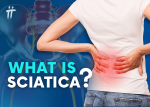
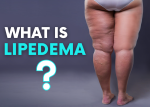

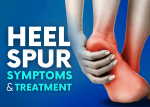
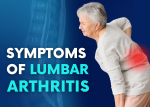
Leave a Comment